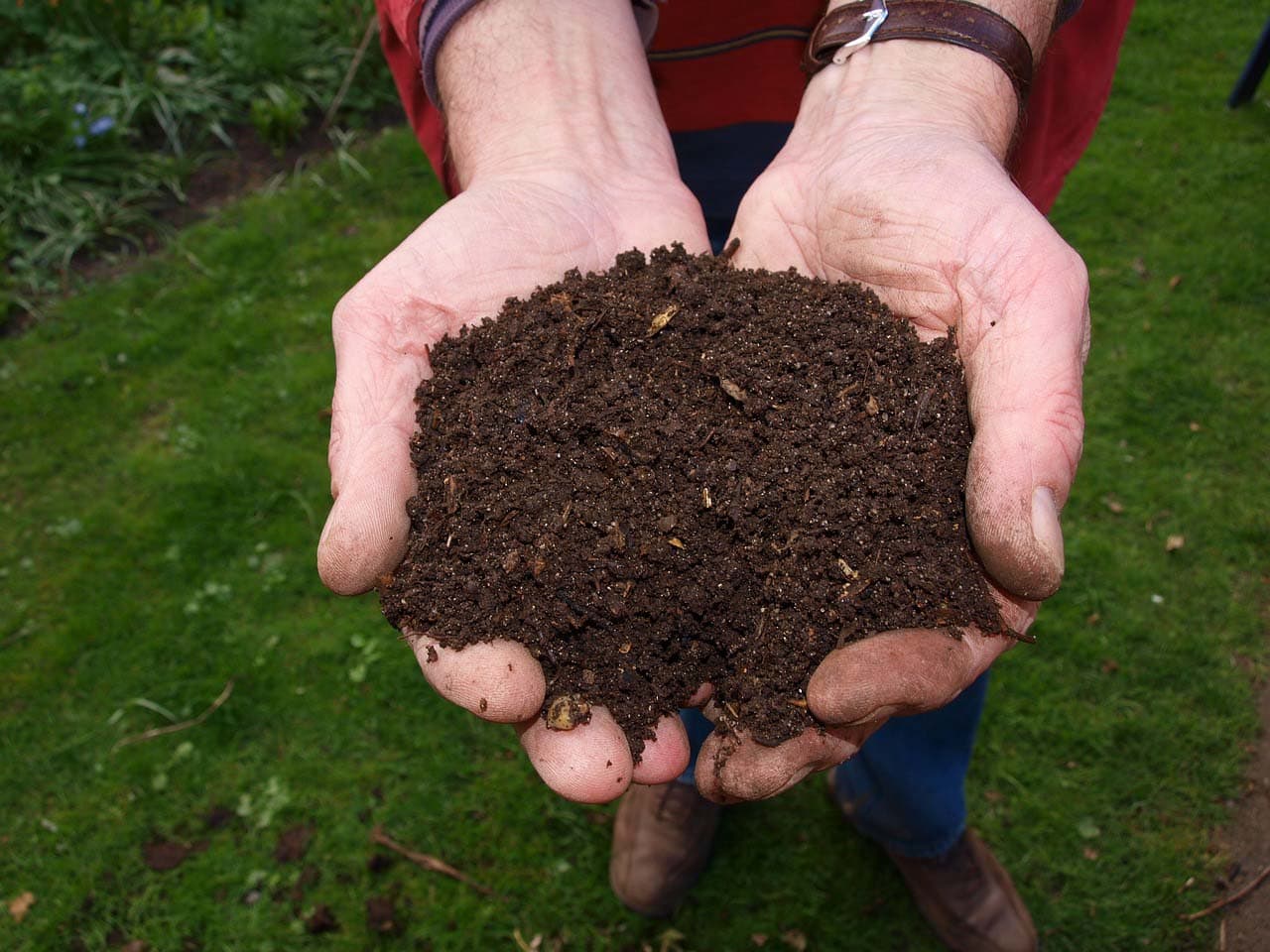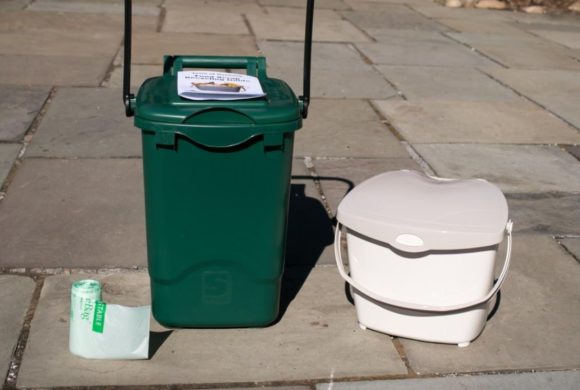How and why to compost: The dirty details
Interested in composting but unsure where to start? Here’s what you need to know.

What is compost?
Compost is made of decayed organic material and can be used to enrich soil in gardens, potted plants, and landscaping. ‘Organic material’ is a fairly broad category, but in this context it typically means food scraps and yard waste. Food scraps (along with grass clippings and coffee grounds) are called ‘greens’, which add nitrogen and cause a compost pile to heat up. Yard trimmings like dead leaves, branches, and twigs are alternatively called the ‘browns’, which add carbon and feed the organisms that break the materials down over time. These, together with a bit of air and water, make up a compost pile.
Why should I compost?
Compostable materials make up at least one-third of the trash we send to landfills and incinerators. Unlike a compost pile, landfills lack the elements to efficiently break down organic materials. Instead they produce methane, a powerful greenhouse gas roughly 30 times more potent than carbon dioxide. Incinerators, like Westchester’s own Wheelabrator facility, are significantly less harmful and can even produce energy from our waste. Still, incinerators function at the end of a material’s life cycle, whereas composting diverts these materials out of the waste stream altogether. Diverting nearly thirty percent of our household trash also means less plastic garbage bags, less kitchen odors, and less trips to the curb on garbage day.
How do I compost?
- Find a dry, shady space
The ideal size for your compost area is 3 feet wide by 3 feet deep by 3 feet tall (1 cubic yard). You can buy a bin*, use chicken wire, or choose an area of ground for your compost heap. Be mindful of the potential to attract wildlife.
- Add browns and greens
Mix in your browns and greens in layers. A ratio of about two-thirds greens to one-third browns is a good place to start
- Keep the compost moist
Your compost needs water to breakdown the organic material. It should be moist, not soaked, like a rung out sponge.
- Mix compost to add air
Turning the compost with a pitchfork or shovel will aerate the pile. This helps the materials breakdown. (It also keeps any smells to a minimum!)
- Watch it breakdown
As the compost pile sits over time it will warm up and may even emit steam. That means its working!
- Add the finished compost to your garden
When your compost is ready, it will have shrunk to about half its original size and should look like dark, rich topsoil. No food waste should be visible. Now it’s ready to be spread over your garden, potted plants, and yard!
Will my compost pile smell really bad?
No! To keep your home compost pile from emitting any odors, it’s all about balance. A well-balanced pile will not smell. If something does smell, try troubleshooting with these tips:
- Check the scraps – meat, dairy, and pet waste do not belong in home compost since they slow down the composting process and produce odors that attract flies and maggots.
- Check the greens – A good ratio of greens to browns is usually somewhere around 2:1. If there’s excess nitrogen it can cause your pile to smell, so layer in additional browns until it resolves. Find out more about Carbon-Nitrogen ratios here.
- Check the moisture – Like a wet dog, a soggy compost pile can be unsightly and smelly. If you’ve had a recent heavy rain, add some dry brown material and turn the pile to add air.
- Check the air – Just like a soggy pile, and compacted pile is unaerated and can start to smell. Add air by turning the pile and supplying space makers like dry leaves to keep the air flowing.

Residential Kit sales have resumed online for the Town of Ossining’s Food Scrap Recycling Program.
Town of Ossining residents can prepay online and pick up their kit curbside at Cedar Lane Arts Center.

About the Author
Nadya Hall
Nadya has her master’s in environmental policy with a focus on human-wildlife coexistence. She is passionate about the conservation of wildlife and wild places through science, advocacy, and environmental education.


